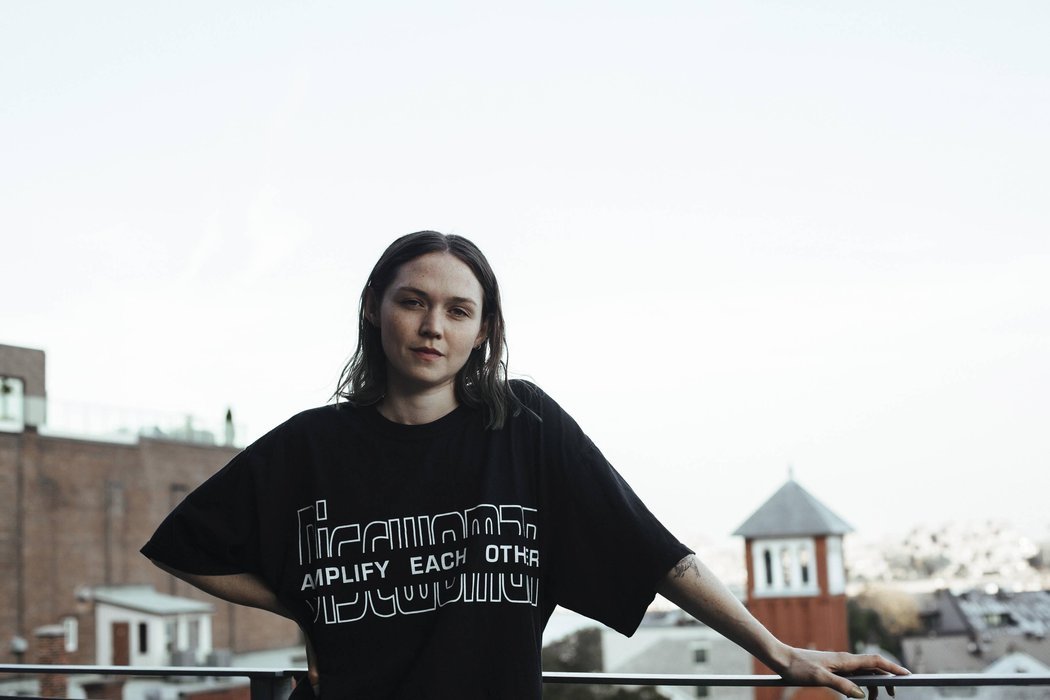Championing diversity in the electro music industry, the femme-focused Not Sorry Club awards special dedication to building a more inclusive rave community by bringing UMFANG and SHYBOI, two of Discwoman’s finest artists, to South African shores for events in both Cape Town and Joburg towards the end of September.
Founded by Frankie Decaiza Hutchinson,Emma Burgess-Olson aka UMFANG, and Christine McCharen-Tran, Discwoman was initially conceptualized as a two-day festival in Brooklyn with an all-woman line-up back in 2014. The New York-based collective has since expanded into a booking agency and platform that showcases the wealth of female-identifying DJ talent on the rave and hybrid club music scene. They have gone on to produce and curate events in 15+ cities globally — packing heat with over 250 DJs and producers to-date.
Discwoman co-founder UMFANG holds a monthly residency called Technofeminism at Bossa Nova Civic Club focusing on emerging talent. Her sets serve up a pulse-electrifying cocktail of icy techno and abstract rave through amorphous polyrhythmic productions, playing with people’s expectations of how a techno set can be defined. UMFANG’s is on a mission to evoke something inside of you in her most recent offering, Symbolic Use of Light, which boasts a sound that leans more on the harder side of techno and was released on Ninja Tune’s Technicolour imprint.
Known for causing sonic disruption from a creative position between Caribbean and American culture, multidisciplinary artist SHYBOI uses sound to interrogate ideas of identity, power, and history. She is a former member of the queer artist collective #KUNQ whose ethos is centred on the production of multidimensional work through sound, visual and performance art while expanding the discourse surrounding the subcultures and genres that have become diluted or obscured in the name of hybridity. In addition to this, SHYBOI has three Boiler Room sets under her ever-widening belt.
As the collective’s ethos goes: “Amplify each other”, in consonance with Discwoman’s endeavour to highlight female and non-binary artists through their Technofeminism movement, workshops will be hosted in each city in collaboration with shesaid.so South Africa and will include interactive couch sessions as well as inclusive cognitive enlightenment.
Keep your eyes on Not Sorry Club’s social pages for the local line-up announcement and more details on the event.






















